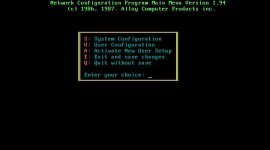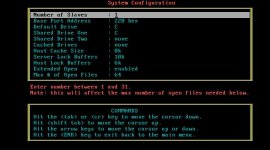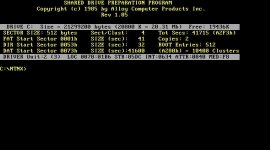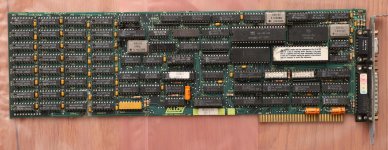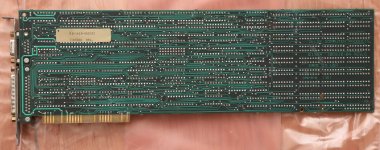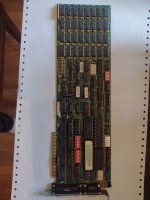smbaker
Experienced Member
I bought a couple of these from eBay, as usual, without software. From wikipedia,
To get it working would make an interesting project, an IBM 5150 with a couple of 286-class computers running inside it. However, the path to finding the software may be long and arduous. Alloy Computer Products does still exist, but their tech support says "no way" they have anything like the drivers for this still around.
I don't suppose anyone here has one of these cards and/or the software for it?
Scott
In 1984 Alloy developed the PC-Slave card which consisted of an x86 (8086 or V20) processor, either 256 KB or 1 MB of memory and two serial ports. Later, an Intel 80286-based version was released, called the PC-Slave/286. These cards used RTNX (later renamed NTNX) to allow the host computer to provide disk storage and printing support. Dumb PC-Term terminals were attached to the PC-Slave to allow the running of DOS programs. At the time, using this solution was more cost-effective than using separate networked computers, but as computers and networking hardware became cheaper and cheaper, Alloy's advantage was overshadowed by the disadvantages of not being able to support graphics, etc. Alloy also developed a PC-Bus expansion bus system to allow the install of up to 32 PC-Slave cards attached to a single host PC. This allowed 32 user networks to be created, but each network was completely standalone.
To get it working would make an interesting project, an IBM 5150 with a couple of 286-class computers running inside it. However, the path to finding the software may be long and arduous. Alloy Computer Products does still exist, but their tech support says "no way" they have anything like the drivers for this still around.
I don't suppose anyone here has one of these cards and/or the software for it?
Scott






